Jamie Carter • Oct 20, 2022
The live space feeds you should be following right now
There’s so much happening in space right now and there’s nothing like the thrill of watching it live.
From rocket launch streams to International Space Station (ISS) broadcasts off-Earth, real-time space feeds are great places to bookmark and come back to when you next need an extra dose of awe.
Here are some live feeds to help you keep up with the latest in space:
NASA Live
NASA Live hosts livestreams for a wide array of the space agency’s events and endeavors including rocket launches and as-live coverage from off-planet via mission control. The best place to watch is NASA TV, which you can find on the agency’s YouTube channel, its apps for iOS and Android, or on social media channels such as Twitter, Facebook, and LinkedIn. You can also check out the full NASA TV schedule, which includes live events as well as recorded videos.
European Space Agency (ESA)
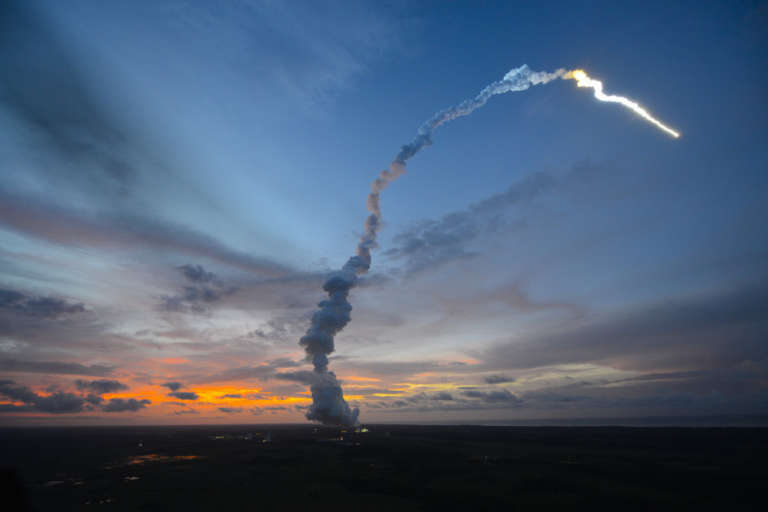
Like NASA, ESA has a 24-hour livestream called ESA Web TV. It’s focused on European space activities but includes joint missions with NASA and other agencies.
ESA has a vast library of videos on demand and a schedule of key upcoming transmissions. ESA also has a YouTube channel that includes live coverage and media briefings, including lots of material on two of the missions it partnered with NASA on — the James Webb Space Telescope (JWST) and the upcoming Artemis lunar missions.
Rocket launches are from the European Spaceport in French Guiana, from where the heavy-lift Arianespace Ariane-5 lifts off.
Japan Aerospace Exploration Agency (JAXA)

JAXA has a YouTube channel that shows live launch broadcasts (albeit with Japanese language commentary only) from its Tanegashima Space Center on an island in southern Japan.
European Southern Observatory (ESO)

ESO hosts livestreams from many of their telescopes in northern Chile. It’s super easy to switch between different feeds since ESO has compiled all of them on a single page. ESO also provides panoramic views that are constantly updated so you can keep up with new developments, like the construction of its Extremely Large Telescope (ELT).
Indian Space Research Organization (ISRO)
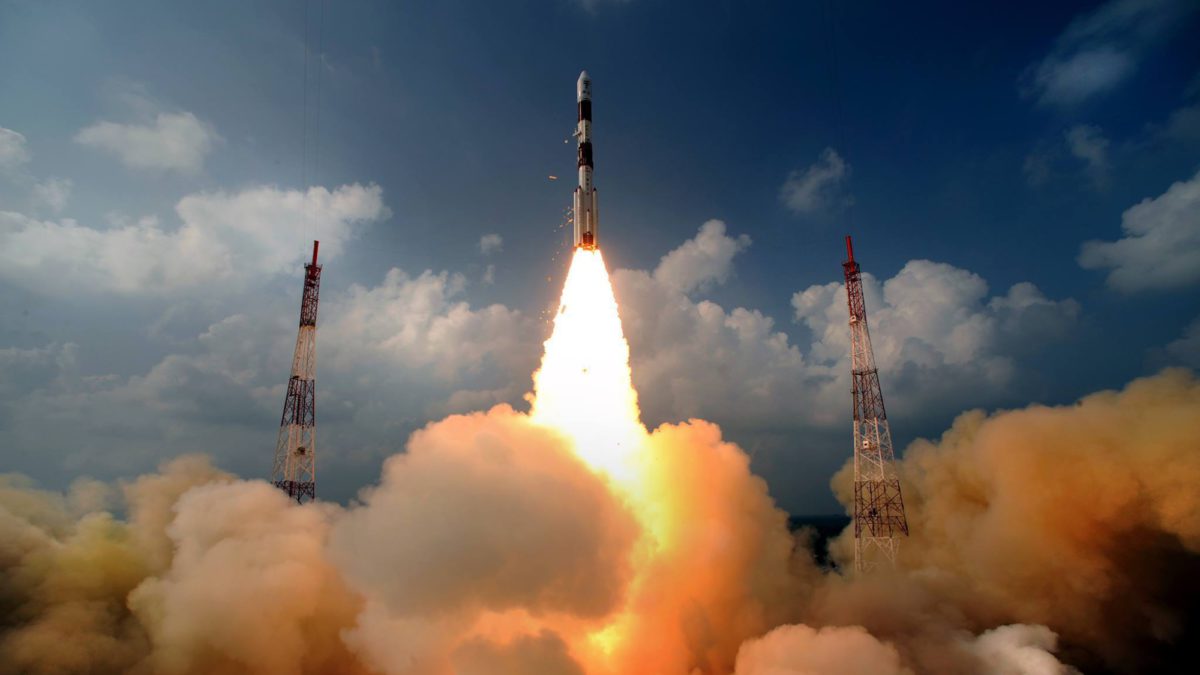
The Indian Space Research Organization (ISRO) broadcasts livestreams of its launches from Satish Dhawan Space Center. ISRO’s three key missions coming up are Gaganyaan (India’s first crewed orbital spacecraft), Aditya-L1 (a spacecraft to study the solar atmosphere), and Chandrayaan-3 (India’s third lunar exploration mission), which are all scheduled for 2023 — that means there should be a lot of landmark launches from India to livestream in the coming years. ISRO also regularly launches commercial satellites.
ISS HD Earth Viewing Experiment
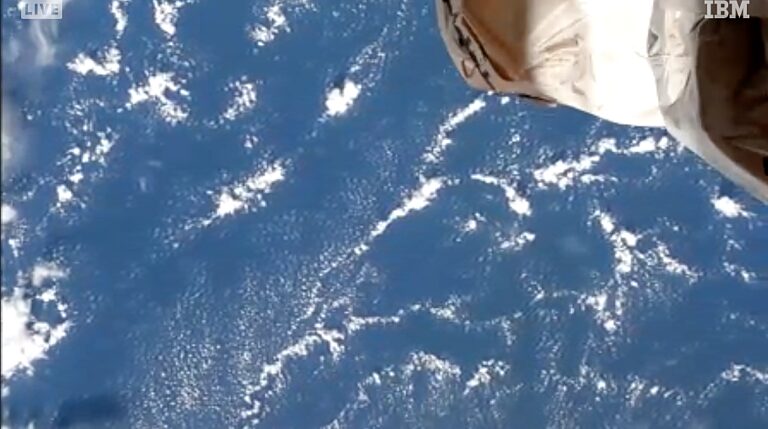
Thanks to an external HD camera mounted on the ISS’s NASA-operated Harmony module, it’s possible to watch live video of Earth streaming from space anytime you want.
The ISS HD Earth Viewing Experiment livestream is hosted not by the space agencies that operate the ISS, but by IBM Video, which shows live images of Earth when the ISS is on Earth’s dayside. When the spacecraft is on the nightside, it presents footage from the now-defunct High Definition Earth Viewing (HDEV) experiment, which operated between 2014 and 2019 from the ESA’s Columbus module. NASA’s Earth Science & Remote Sensing Unit also carries a livestream.
SpaceX
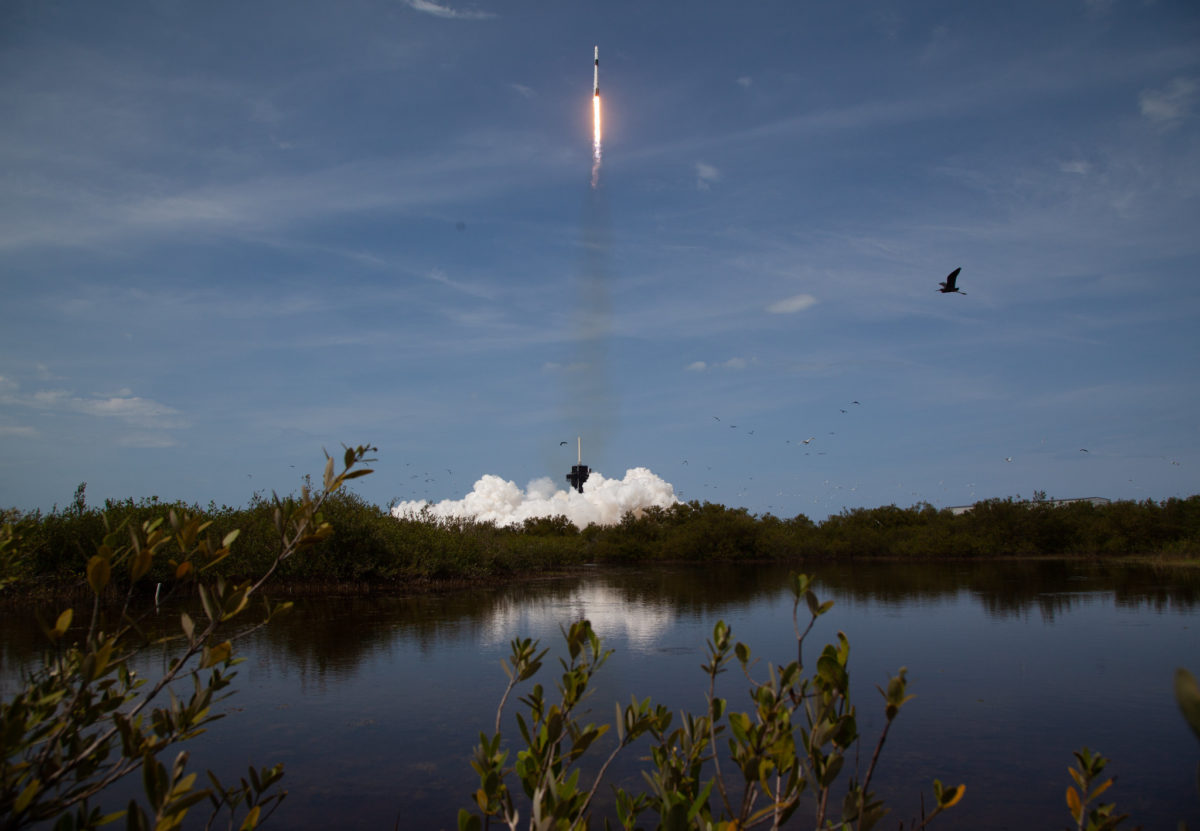
Though there are a bunch of fan sites and third-party streams for SpaceX launches, the space manufacturer’s official YouTube page is the most comprehensive and reliable source for upcoming livestreams.
Both SpaceX and NASA TV have live broadcasts of SpaceX’s missions to the ISS. What SpaceX has exclusive access to is its own Starlink satellite launches, which occur fairly frequently.
Blue Origin
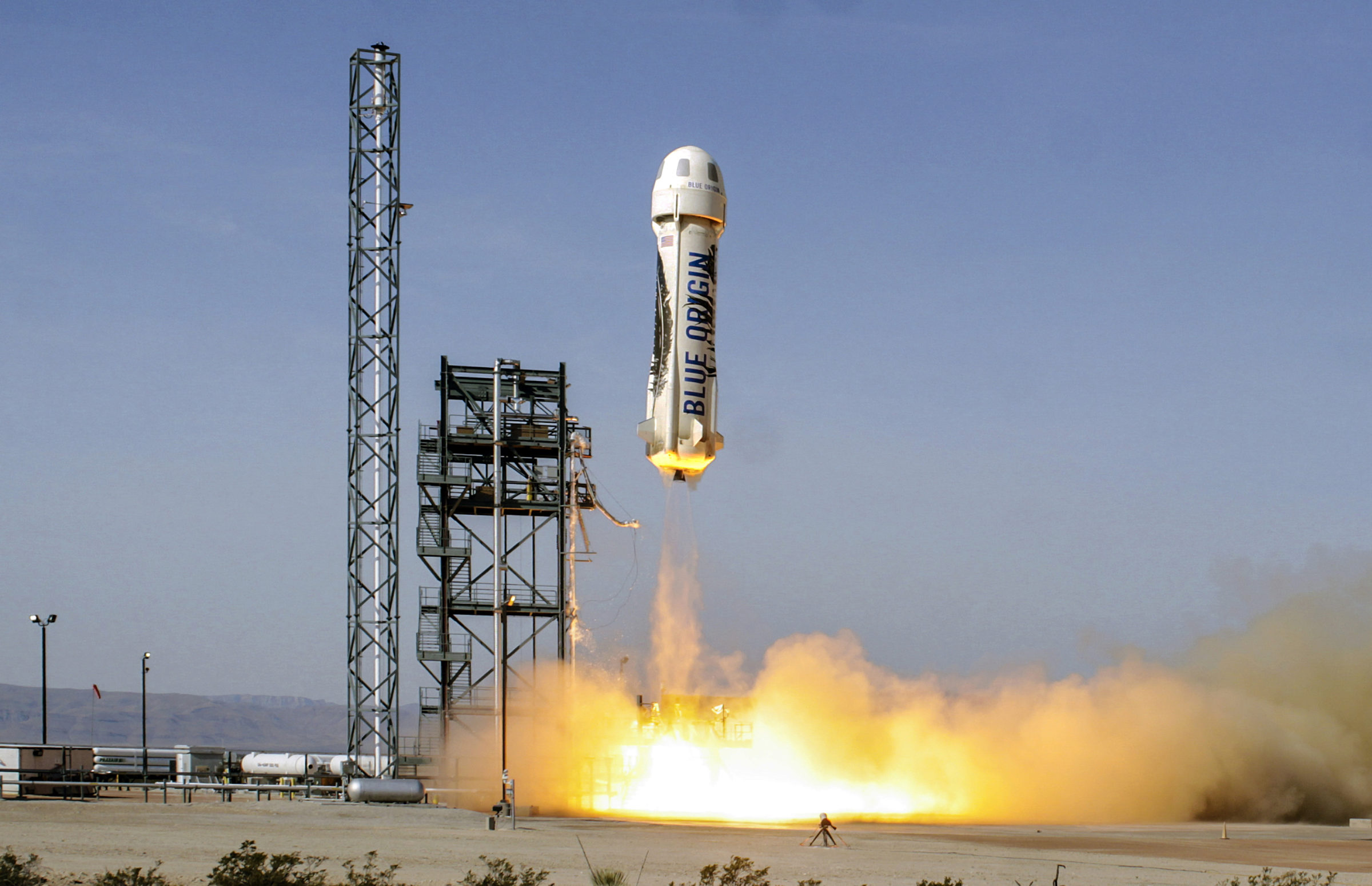
Jeff Bezos’ company Blue Origin shows live feeds on its official YouTube channel (and also on its website) of its New Shepard rocket taking either space tourists or science experiments to the edge of space. However, with its New Glenn reusable orbital rocket expected in 2023, Blue Origin will probably have more livestreaming content.
Night sky space streams
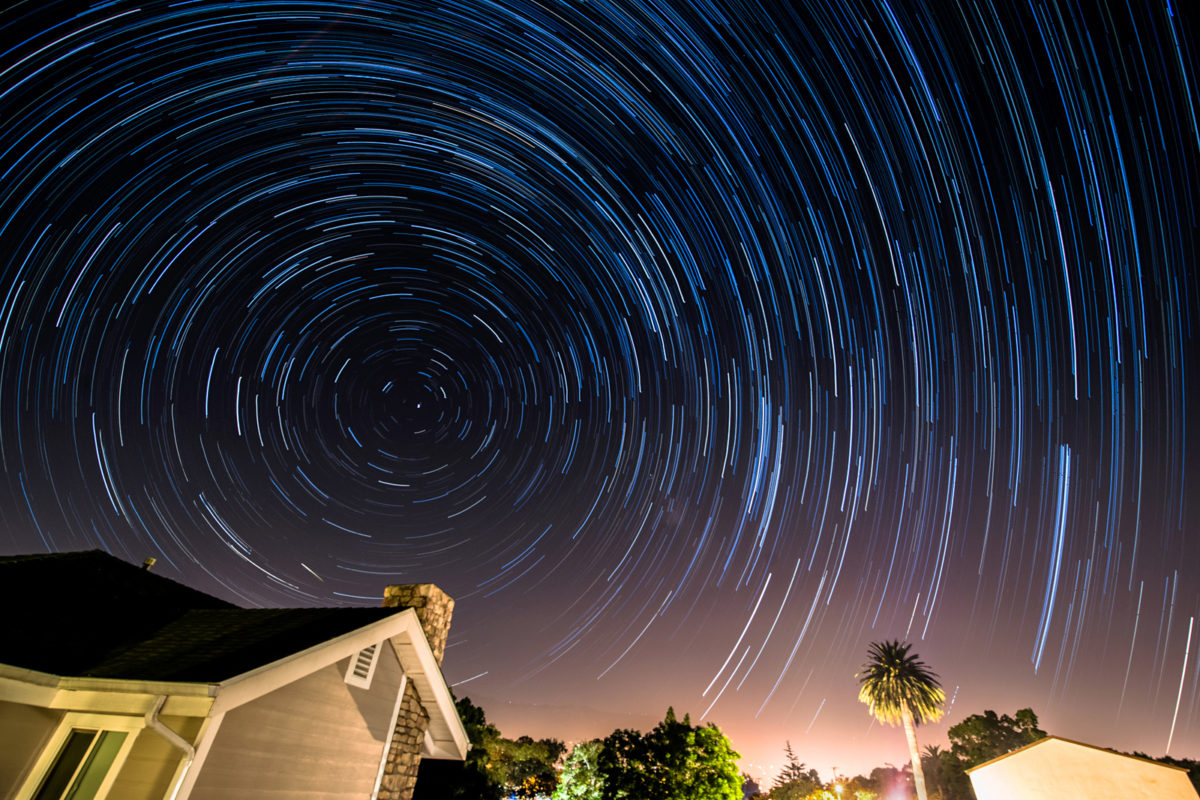
Cloudy skies and light pollution can be a real bummer for stargazers. But with the online telescope network Slooh, you can still experience the wonders of the night sky, no matter the weather. Slooh hosts livestreams of meteor showers, eclipses, and more on its YouTube.
The Royal Observatory Greenwich in London, England broadcasts livestreams of space phenomena as well. It also streams live telescope observations with commentary.
Explore.org’s Aurora Borealis feed
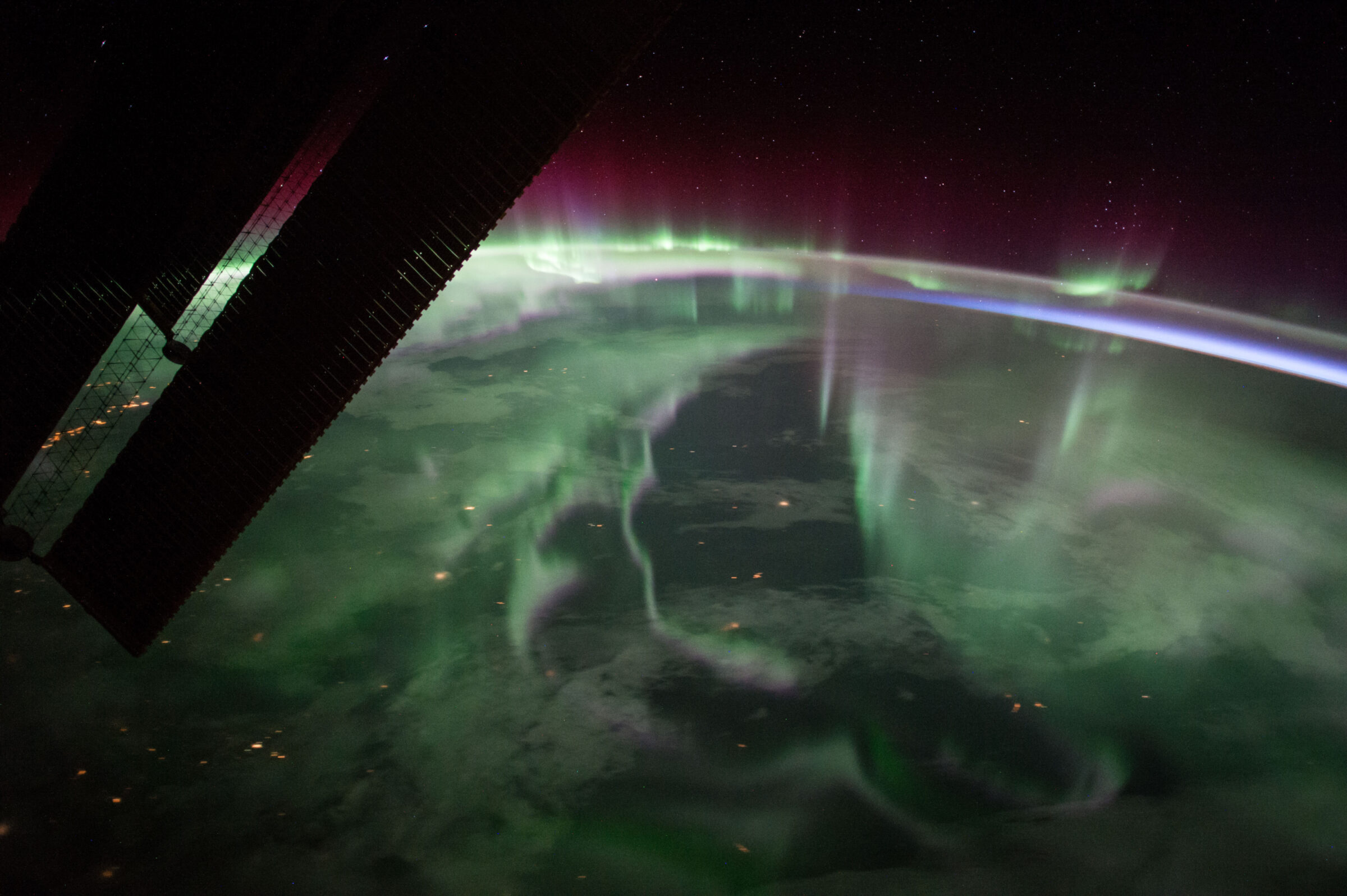
Always wanted to see the Northern Lights but can’t travel to see them? No problem.
Explore.org hosts all kinds of nature-related livestreams to help you relax, but as space enthusiasts, we’d be sorely remiss not to mention its Northern Lights livestream. Auroras are space phenomenon caused by particles from the Sun, which reach our planet’s atmosphere via the solar wind. When these particles reach our atmosphere, they interact with certain gases, creating an epic light show.
Support our core enterprises
Your support powers our mission to explore worlds, find life, and defend Earth. You make all the difference when you make a gift. Give today!
Donate

 Explore Worlds
Explore Worlds Find Life
Find Life Defend Earth
Defend Earth

